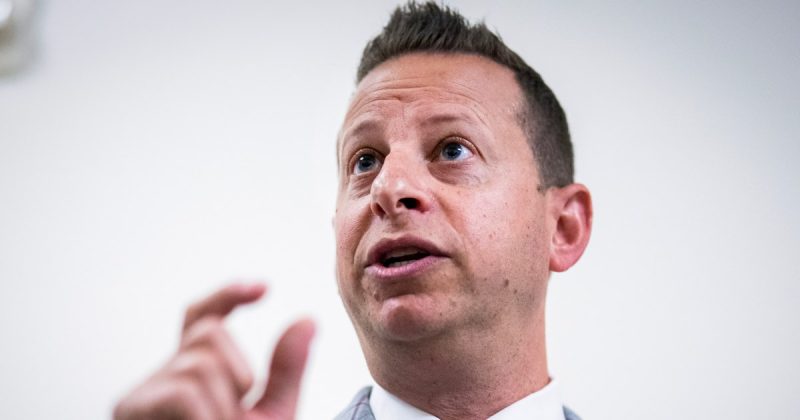
House Democrats are stepping up to defend the National Oceanic and Atmospheric Administration (NOAA) against what they see as devastating cuts implemented during the Trump administration. A new bill, introduced as an amendment to a Republican budget reconciliation bill, aims to prevent further reductions in NOAA funding and staffing. This comes on the heels of recent severe weather events that have highlighted the critical need for fully staffed National Weather Service offices.
The proposed legislation would not only halt further cuts but also actively block the dissolution of NOAA, the transfer of its responsibilities to other agencies, and any degradation of its vital website and datasets. Leading the charge are Democratic Representatives Jared Moskowitz of Florida, Eric Sorensen of Illinois, Joe Neguse of Colorado, and Wesley Bell of Missouri, who plan to introduce the amendment as early as Wednesday.
Representative Moskowitz, a former director of the Florida Division of Emergency Management, emphasized the urgency of the situation, stating that with hurricane season fast approaching and increasingly extreme weather patterns, now is not the time to weaken NOAA’s capabilities. Representative Sorensen, the only meteorologist currently serving in Congress, underscored the importance of fully staffed National Weather Service offices for accurate and timely weather forecasting, crucial for public safety.
The amendment faces an uphill battle, however, given the Republican majority in the House. The Trump administration’s proposed budget initially included a staggering $1.5 billion cut to NOAA, a move that drew sharp criticism from all living former directors of the National Weather Service, who warned of potentially life-threatening consequences. This concern is further amplified by the recent reports of significant staffing shortages within the National Weather Service, with some offices even forced to curtail overnight operations.
The National Weather Service has been actively trying to fill these gaps, recently initiating a reassignment period to move existing meteorologists into critical roles. However, according to Tom Fahy, legislative director for the National Weather Service Employees Organization, the situation remains dire, with many offices facing vacancy rates exceeding 20%. The recent severe thunderstorm and tornado outbreak, which sadly resulted in at least 28 deaths, served as a stark reminder of the critical role NOAA plays in protecting communities.
While the National Weather Service maintains that it continues to fulfill its core mission, independent meteorologists express concern about the potential long-term impact of understaffing, including a possible reduction in forecast accuracy. The reduced number of weather balloons launched and the overall shortage of personnel raise serious questions about the agency’s ability to consistently deliver timely and accurate warnings.
The coming weeks will be crucial in determining the fate of this amendment and, consequently, the future of NOAA. The debate highlights a fundamental disagreement on the value and necessity of robust scientific agencies in the face of climate change and increasingly frequent extreme weather events.










